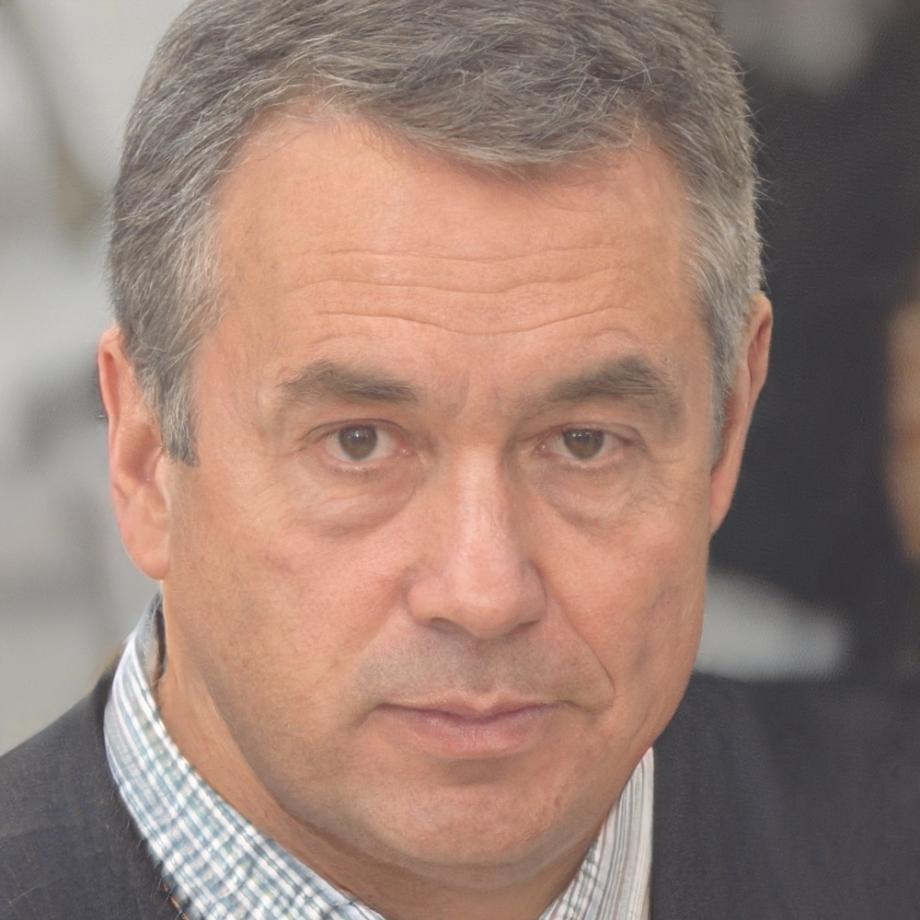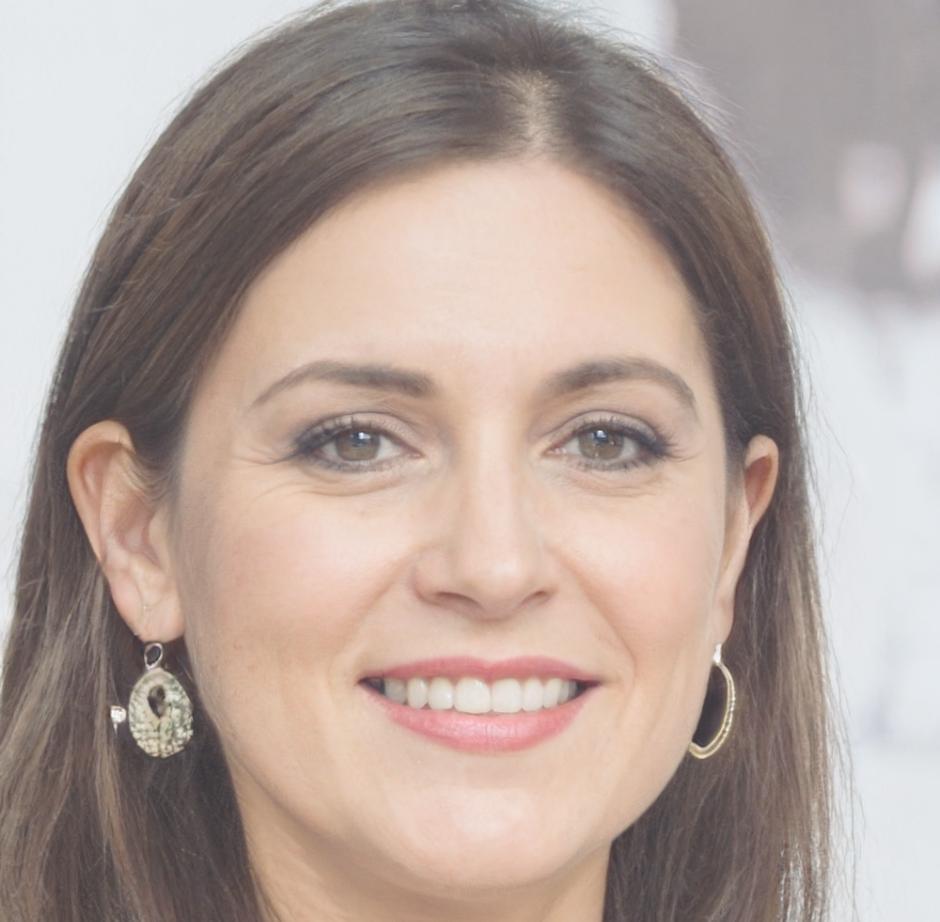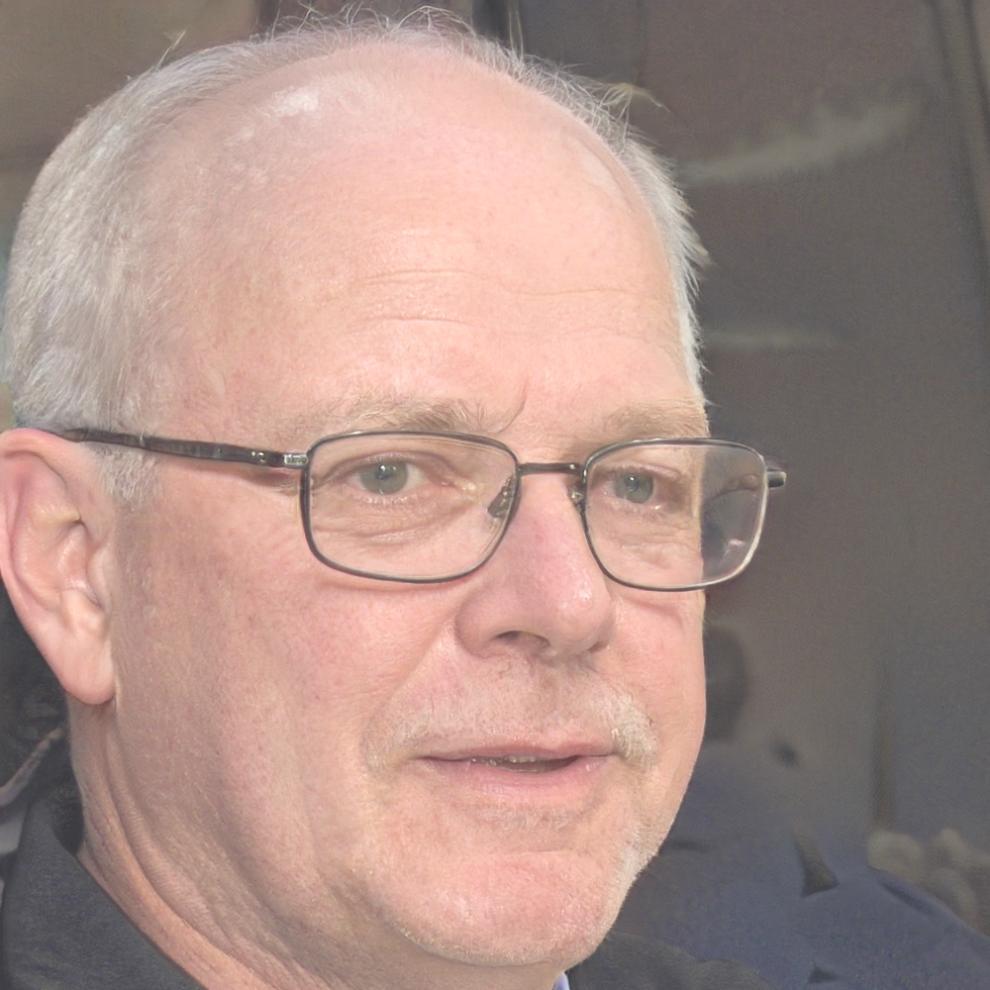Real Work from Real Students
These projects represent hundreds of hours of learning, practice, and genuine skill development. Our students tackle real financial communication challenges and create solutions that demonstrate both technical capability and strategic thinking.
Featured Student Projects
Each project here was completed during our 2024 cohort. Students worked independently after completing their core modules, choosing challenges that interested them. What you'll see isn't polished portfolio work—it's authentic problem-solving by people who started from scratch.

Budget Communication Platform
Completed by Elara Voss
Built a system that translates complex budget data into clear stakeholder reports. The challenge was making financial information accessible without oversimplifying the details that matter. Elara spent three weeks refining the messaging framework and testing it with different audience types.

Team Coordination Framework
Completed by Soren Lindquist
Developed a communication structure for cross-functional finance teams. The project focused on reducing misalignment between departments during quarterly planning cycles. Soren interviewed team leads from different sectors to understand their specific coordination pain points.
What Students Actually Experience
The learning curve isn't gentle. Students often struggle with their first few attempts at translating technical finance concepts into clear communication. But that's where the real growth happens. These reflections come from people who pushed through that initial frustration.

Tobias Reinhardt
Financial Services Sector
I rewrote my capstone project four times before it clicked. The feedback was tough but specific. What helped most was learning to test my messaging with people outside finance—they pointed out assumptions I didn't even realize I was making.

Freya Thorsen
Corporate Communications
The practical modules changed how I approach stakeholder meetings entirely. I used to prepare presentations by cramming in every data point. Now I focus on what decisions need to be made and build communication around that. It's simpler and more effective.

Kasper Jorgensen
Budget Management
What surprised me was how much time we spent on clarifying objectives before touching any communication tools. That groundwork made the actual writing and presenting part much faster. I still use those frameworks in my current role.
How Students Build Their Projects
Project development follows a structured approach, but there's flexibility for students to work at their own pace. Most people complete their major project over 8-12 weeks while balancing other commitments.
Research and Scoping
Students identify a specific financial communication challenge within their chosen area. This involves interviewing potential users, reviewing existing approaches, and defining clear success criteria. The scoping phase typically takes 2-3 weeks and includes at least two review sessions.
Framework Development
With the problem defined, students build their communication framework. This includes drafting messaging strategies, creating templates, and establishing testing protocols. Most students go through multiple iterations here as they refine their approach based on feedback.
Testing and Refinement
Students test their solutions with real users—colleagues, industry contacts, or volunteer participants. The testing phase reveals gaps in clarity and helps identify where communication breaks down. Adjustments are made based on actual usage patterns rather than assumptions.
Documentation and Presentation
The final phase involves documenting the process, analyzing results, and presenting findings. Students prepare both a written case study and a presentation that explains their decision-making process. This documentation becomes part of their professional portfolio.